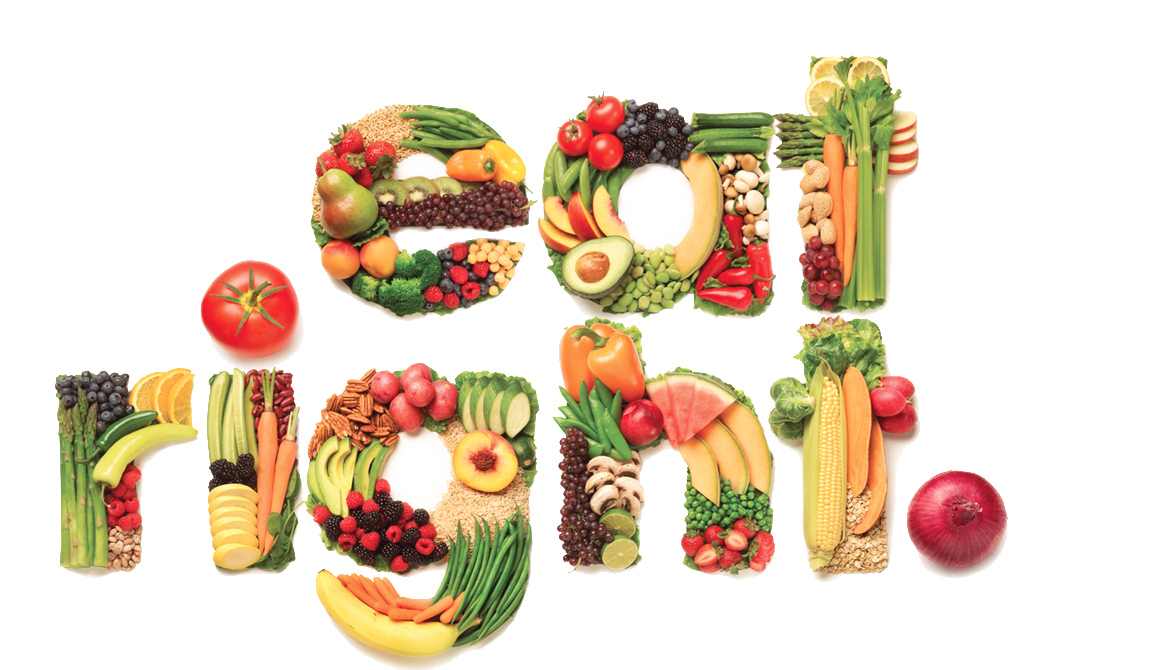For many years, pyramids were the way nutritionists would communicate about healthy eating. In case you weren’t aware, there has been a paradigm shift, and plates are in. Of course it seems rather obvious that it’s easier to communicate these things in a way representing how we eat. For the definitive source, I return to the Harvard School of Public Health. See the picture below. (Go Crimson!)
I’m going to make this very simple (or should that have been “digestible”) and simply discuss the contents of your plate.

Here’s your Healthy Eating Plate blueprint for a typical meal:
- Fill half of your plate with produce—that means fruits and vegetables. The broader the variety, the better. Sorry, but potatoes and French fries don’t count as vegetables!
- Fill a quarter of your plate with whole grains. Whole grain foods help lower the risk of coronary heart disease, stroke, obesity and diabetes. The sure way to know you’re choosing a whole grain food is simply in the name. When you’re grocery shopping, the product will actually say “whole grain.” This is not the same as multigrain.
- Fill the rest of your plate with a healthy source of protein such as fish, poultry, beans or nuts.
- You may have noticed a glass bottle in the picture. This is meant to represent a reminder to use healthy oils—such as olive and canola—when cooking, on salad, and at the table. You’ll notice the absence of butter and fatty salad dressings on the plate.
- Regarding beverages, do yourself a favor. Try to drink water, and rediscover how refreshing it is. You don’t have to pay for another beverage just because you’re used to doing so. Tea or coffee are healthy options if you use little or no sugar. Milk and other dairy products should be limited to one to two servings a day.
In a subsequent post, we provide a series of healthy eating and dieting tips to get you through your days. I hope you take the time to integrate this basic scheme into your eating habits. If you do, you will be well on your way to a sustainable lifestyle change that should have been the basis of any diet-related New Year’s resolution!
Feel free to ask your SMA expert consultant any questions you have on this topic.
Thanks for liking and following Straight, No Chaser! This public service provides a sample of what http://www.SterlingMedicalAdvice.com (SMA) offers. Please share our page with your friends on WordPress. We are also on Facebook at SterlingMedicalAdvice.com and Twitter at @asksterlingmd.
Copyright © 2008. For more information about The Healthy Eating Pyramid, please see The Nutrition Source, Department of Nutrition, Harvard School of Public Health, www.thenutritionsource.org, and Eat, Drink, and Be Healthy, by Walter C. Willett, M.D., and Patrick J. Skerrett (2005), Free Press/Simon & Schuster Inc.



